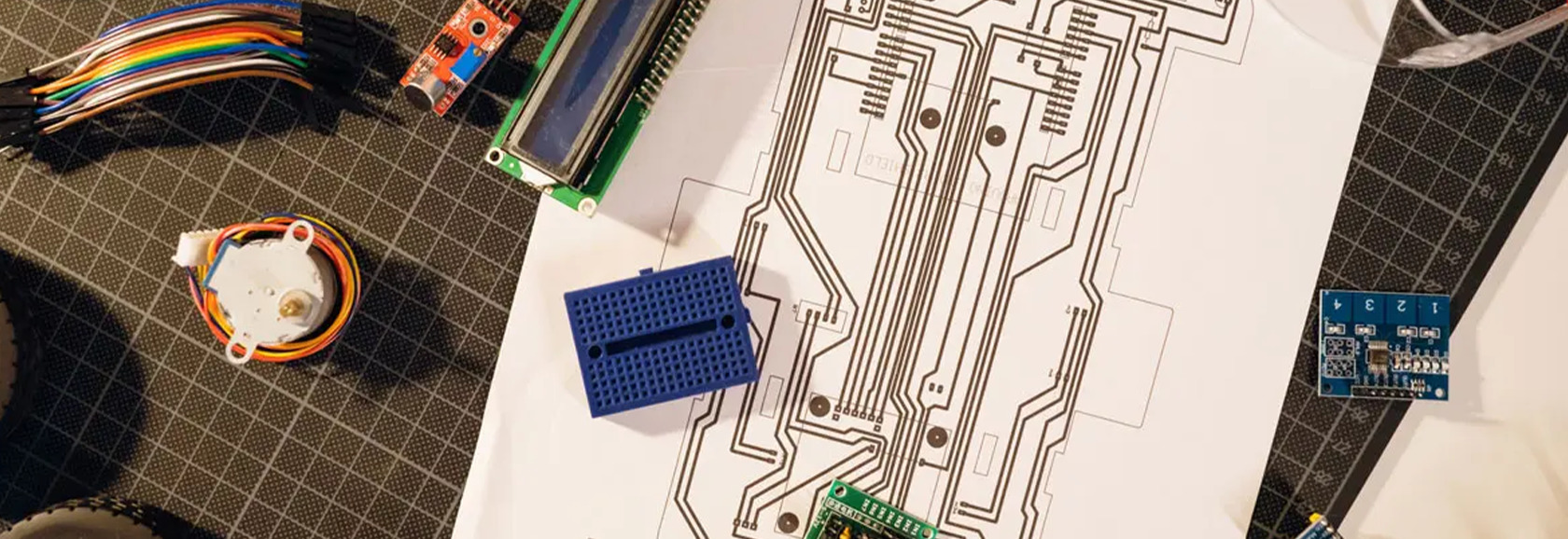Ask the Quexperts: What are ISM antennas used for?
Antennas designed for operation in the industrial, scientific, and medical (ISM) bands serve a wide range of wireless applications, particularly those requiring low-power, license-exempt communication. These frequency ranges—such as 13.56 MHz, 433 MHz, 868/915 MHz, 2.4 GHz, and 5.8 GHz—are standardized internationally by the ITU-R and adopted regionally with specific regulatory constraints.
While originally intended for scenarios other than communication such as RF heating, diathermy, and industrial processing, ISM bands today support an expanding ecosystem of short- and long-range wireless communication systems.
Communication technologies using ISM bands
Many modern wireless technologies leverage the unlicensed nature of ISM bands to deliver low-cost, scalable connectivity:
- Wi-Fi (IEEE 802.11 b/g/n/ac) – 2.4 GHz and 5.8 GHz
- Bluetooth / BLE – 2.4 GHz
- LoRa / LoRaWAN – 433 MHz, 868 MHz (EU), 915 MHz (US)
- Zigbee – 2.4 GHz
- NFC – 13.56 MHz (for short-range passive communication)
- RFID – multiple ISM bands depending on standard and region
These technologies are essential for Internet of Things (IoT) deployments, automation systems, smart meters and consumer devices.
Types of ISM antennas
ISM antennas vary depending on the application, environment and required performance:
Directional antennas
- Focus RF energy in a specific direction
- Ideal for long-distance point-to-point links
Omnidirectional antennas
- Radiate evenly in all directions in the horizontal plane
- Suitable for broad-area coverage in sensor networks or access points
PCB and embedded antennas
- Compact and low cost
- Used in space-constrained devices such as wearables or medical electronics
External antennas
- Offer improved gain and robustness.
- Used for industrial and outdoor environments including agriculture, smart cities and infrastructure monitoring.
Relevant resources
Typical use cases
ISM-band antennas support diverse applications, including:
- Consumer and commercial: Bluetooth headsets, home automation, smart appliances, wireless security systems
- Industrial and automation: LoRaWAN sensor networks, asset tracking, condition monitoring
- Medical: NFC-based access, telemetry, wearables
- Agricultural and environmental: Long-range data collection in smart farming or weather monitoring
- Retail and logistics: RFID inventory systems, contactless payment infrastructure
Regulatory considerations
Though ISM bands are license-free, devices operating in them must comply with regional emission and interference standards such as:
- FCC Part 15 (USA)
- ETSI EN 300 220 / EN 300 328 (Europe)
- SRD regulations (varies by country)
Compliance ensures that devices do not cause harmful interference and can coexist with other systems operating in the same band.
Relevant resources
Optimizing your design with ISM antennas and RF services
Selecting the right ISM antenna is just one part of building a robust wireless device. To achieve maximum performance and regulatory compliance, careful integration of the antenna with the host system is essential.
We offer a full portfolio of ISM-band antennas, including embedded and external options, supporting 433 MHz, 868/915 MHz, 2.4 GHz, and 5.8 GHz applications. Our solutions are optimized for:
- IoT sensors and gateways
- Industrial and smart city applications
- Smart agriculture
- Medical and wearable devices
In addition to antenna products, our RF support services include:
- Antenna selection and integration guidance
- Matching network optimization
- Over-the-air (OTA) performance evaluation
- Certification support (FCC, CE, RED, etc.)
With expert assistance and proven designs, we help reduce development time and ensure your wireless products deliver reliable performance in the field.






